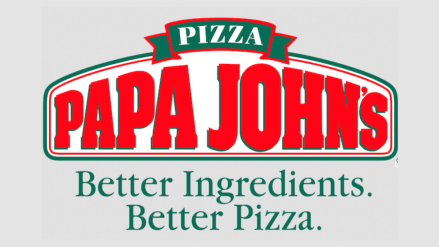U.S.-based pizza chain Papa John’s International is making a comeback in India by October, nearly seven years after shutting operations in the country. The company, the world’s third-largest pizza delivery brand, plans to open 650 outlets over the next decade, betting on India’s long-term growth despite recent challenges in the quick-service restaurant (QSR) market.
The first outlet will open in Bengaluru, said Vish Narain, managing partner at Pulsar Capital, which, along with UAE-based PJP Investments Group, holds the joint master franchise for India. Papa John’s had exited the Indian market in 2017, citing underperformance, but announced plans to re-enter in 2023, calling India a “complex market” with significant potential.
A tough market for fast-food chains
The comeback comes at a time when fast-food brands are struggling to sustain sales growth. Cash-strapped urban consumers, the key customer base, have cut back on discretionary spending due to slow wage growth and economic pressures. At the same time, competition remains intense.
Domino’s Pizza dominates India’s pizza market with over 2,200 outlets, while Pizza Hut operates about 950 stores. Premium players such as Pizza Bakery and PizzaExpress are also vying for the same customer base. Some operators are scaling back; Devyani International, a Pizza Hut franchisee, has been shutting down underperforming stores, while Sapphire Foods India is cautious on expansion.
Localisation and long-term bet
Despite these headwinds, Pulsar Capital is confident about the sector’s growth prospects.
“The fast-food category is under-penetrated, so we are many years away from saturation,” said Narain.
Papa John’s plans to localise its menu to cater to Indian tastes, a strategy successfully deployed by rivals, from KFC’s paneer zinger to Domino’s chicken tikka pizza. At the same time, it will retain signature offerings to maintain global brand identity. For now, Papa John’s entry underscores the optimism global consumer brands continue to have for India’s 1.4 billion-strong market, even as they navigate short-term challenges.
(With inputs from Reuters)
